Information from English Heritage handbook
What a defensive position! Beeston Castle stands high up a hill on a prominent crag overlooking a flat area of Cheshire land, the Cheshire Plain. It consists of an outer wall with a gate house and an inner wall and castle.
It was built by Norman Lord Ranulf de Blondeville ( B 1170 - 1232 ) in the 13th Century. It has a deep rock cut ditch, one of the deepest wells in the country and views which spread far away over to Wales.
Archaeologists have found evidence of a fortification on this site since prehistoric times and evidence suggests there was metal working here during the Bronze Age and Iron Age.
Ranulf built the castle in the 1220s, the castle passed to the king in 1240s. Despite being in disrepair it was refortified during the English Civil War and demolished as a Royalist castle when the English King Charles was beheaded. England became a "republic" and the monarchy abolished. Beeston became a quaint popular ruin popular with visitors in Victorian times.


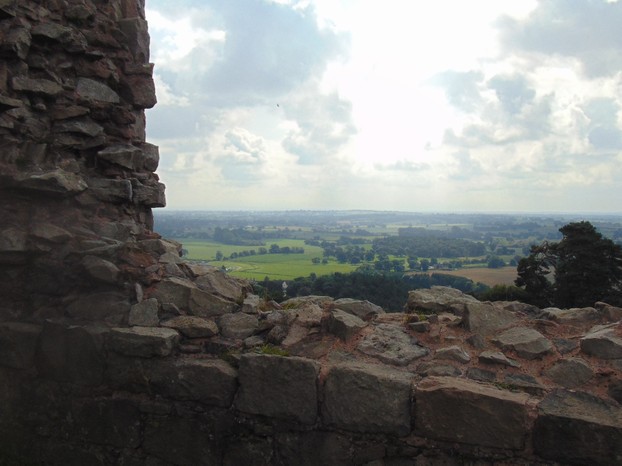
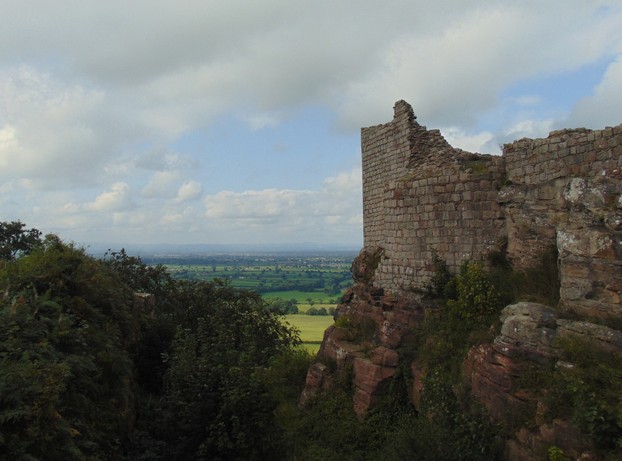
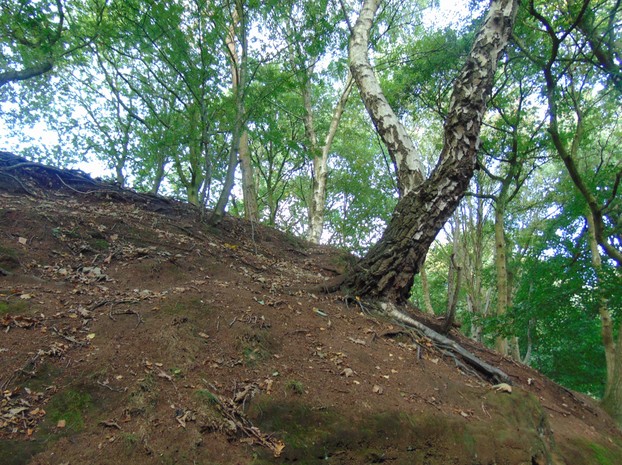
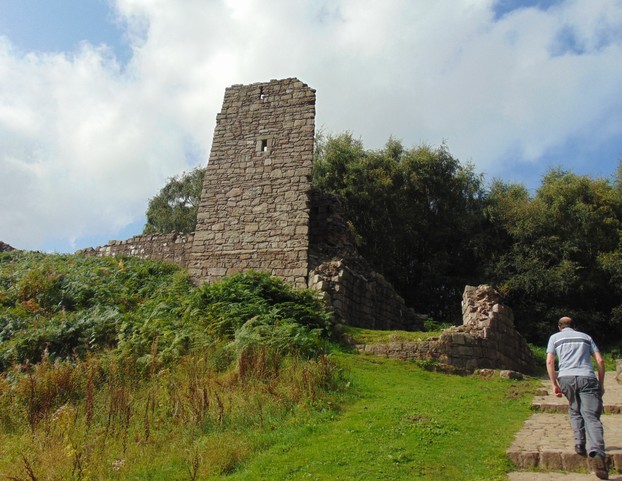
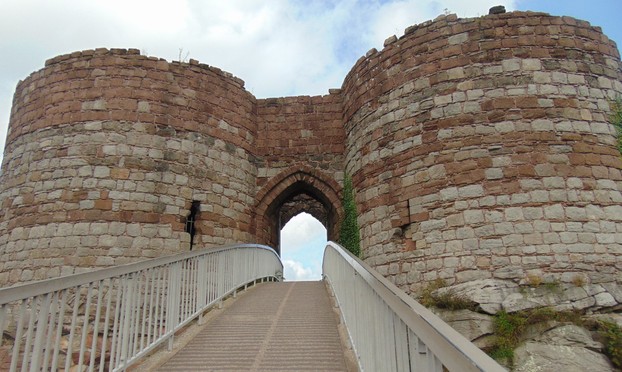
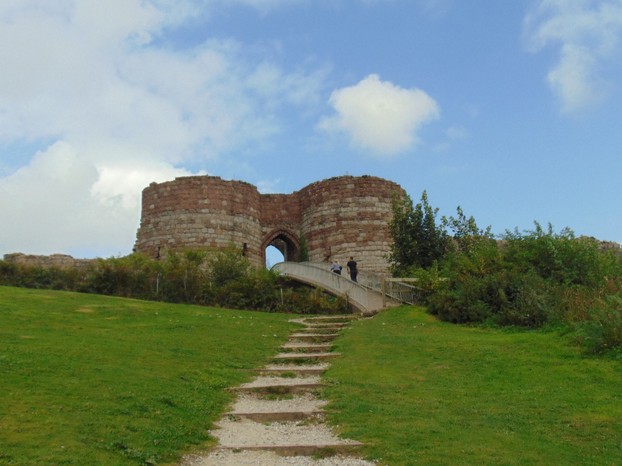
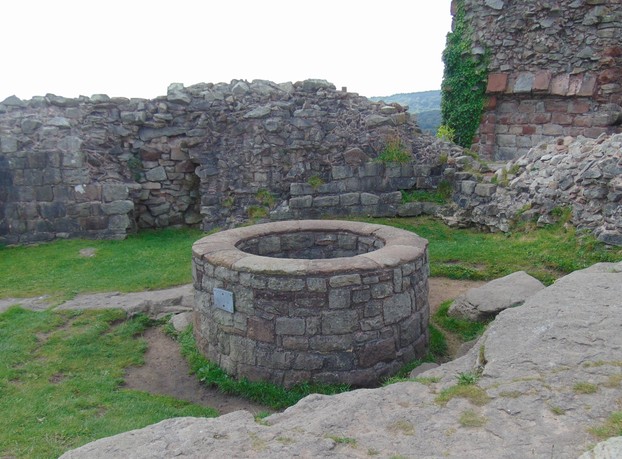
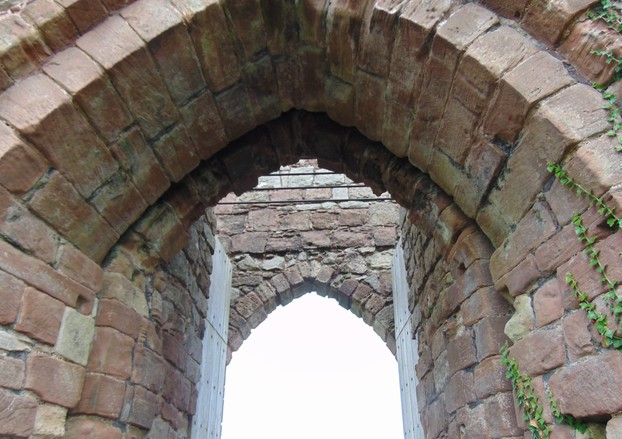
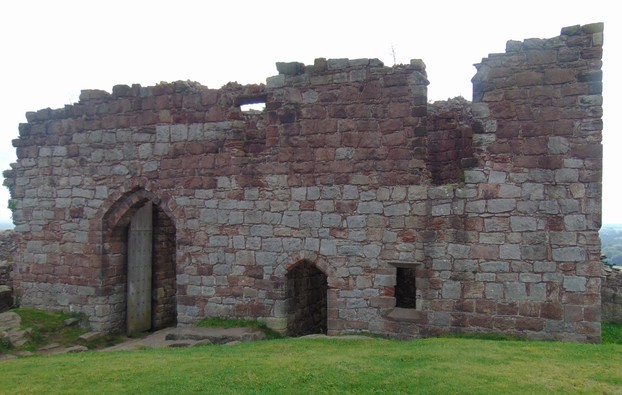
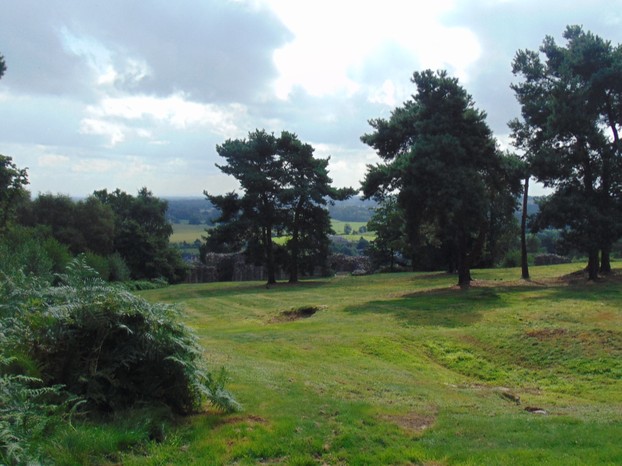
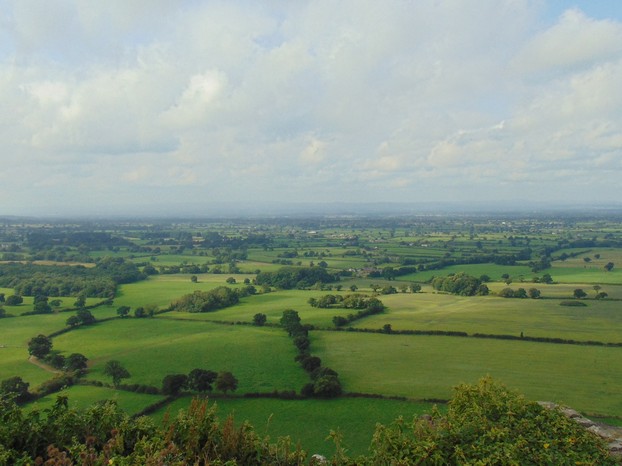
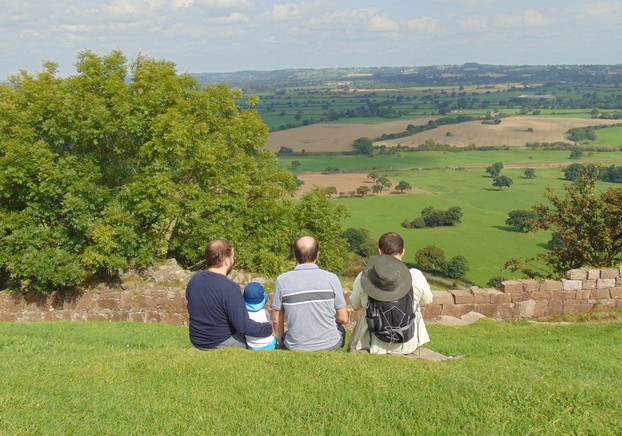
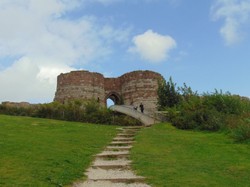

 Blarney Castle and Gardens, County Corkon 06/01/2023
Blarney Castle and Gardens, County Corkon 06/01/2023
 An Cóbh, Corcaigh, Eireon 05/29/2023
An Cóbh, Corcaigh, Eireon 05/29/2023
 Dublin ; The Book of Kellson 04/04/2023
Dublin ; The Book of Kellson 04/04/2023
 The Bee Tree Community CIC;- an online support communityon 08/24/2022
The Bee Tree Community CIC;- an online support communityon 08/24/2022
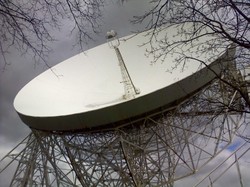

Comments
Your answer in the comment box immediately below intrigues me.
What is different, what is distinct about castles before the Norman invasion?
Yes indeed and of course.... Castles as we know them only came in with The Normans too.
You raise the point of land ownership in Britain. The rule that all land is owned by the crown came in with the Normans.
One fact that indicates that the wall is one of the castle walls is that it uses mortar.If it were a farm wall dividing fields it would be drystone, which means that it uses no mortar.In many parts of upland Britain drystone walls are used in place of fences. Castles needed mortared walls as drystone structures are easier to knock down than mortared walls are.
Drystone construction is not weak, for there are places in Northern Britain where there are houses made of it, and they have lasted centuries
My menfolk in the photo from left to right.
Left ;- My oldest son,...... his-nephew/ my grandson, ...... my husband, ..... my youngest son - grandson's daddy.
The companionship, peace and trust in this photo are heart warming.
Derdriu
The wall in front of my menfolk is old and part of the wall of one of the buildings. I thought what a good vantage point to build a castle with a great view of any attackers advancing. The climb up to the top would be off putting too for any would-be attackers. The fact that although ruined, it still stands is a tribute to the builders who would have had to carry all the stone up the hill and then build it.
The kings at this time were able to take anyone's lands. In fact, our Queen officially also the "right " to take any land she chooses ... but of course, she doesn't. I don't know why it moved into Crown ownership.
Veronica, Thank you again for the lovely walk through Beeston Castle and environs. Did one of Ranulf de Blondeville's heirs fall out of favor, or miss a tax payment, so that his properties ended up in royal hands?
I understand why your favorite photo is your preferred one because, the emotion apart, it shows the appeal of the land -- Richard Harris says in The Field that one stands best on one's own land -- and the timelessness of really good architecture and construction.
Is the stone fence in front of your menfolk new or old? Either way, it's photogenic and well-made.
Ty. This one is a little different as it is a ruin ! It is interesting that there was an inner and outer keep and as a defensive position, situated on a crag on the Cheshire /Welsh border it is an act of genius.
My son and family went to Peverill Castle, Derbyshire yesterday and I am hoping to visit soon.
I always enjoy images and stories about castles. Nice images as usual/
Thank you Dusty. It was marvellous. I always think of the people who have walked this way before us and what their lives were like.
This weekend in England is Heritage Day and many of the History Attractions are free. We have just returned home from a splendid day at a one of the History attractions.